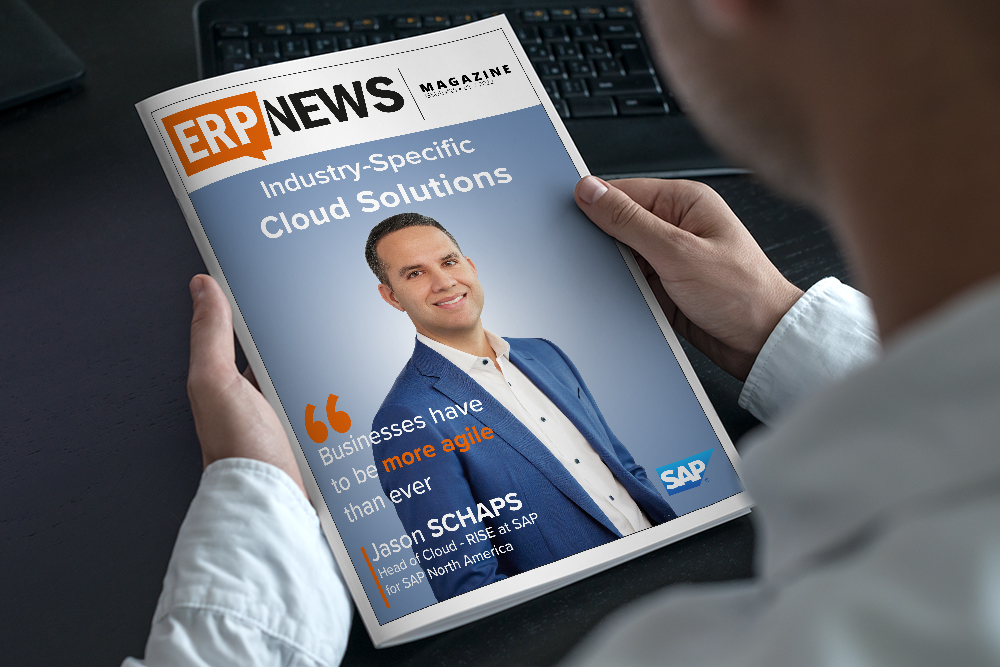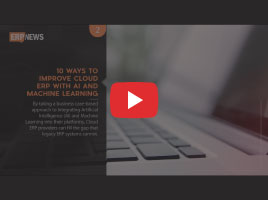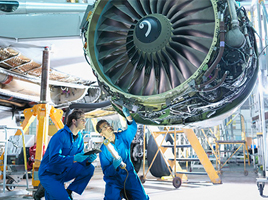Predictions vary about when emergent technologies will become a reality. Can taking a look at the past provide insight into what’s next? No matter where you look there are predictions on when technologies such as artificial intelligence, augmented reality and driverless cars will become a reality and commonplace in our lives. Many pundits fall back on Moore’s law for the growth of computing power to give us a measure, but invariably change their predictions every year.
It can be a real challenge to see what the next big disruption in industry will be, but lessons from the past can help us understand our future direction. What they point to is more streamlined technology, faster execution and quicker results—so you need to be agile and adaptable to change if you want to keep ahead. The key is for business to be the disrupter, not disrupted.

Take an example from my early career as a presales consultant:
30 YEARS OF CHANGE: ERP PRESALES 1988-2018
Thirty years is certainly not a lifetime, but software demonstrations have come a long way. In 1988 ERP software demonstrations were not done on site. We couldn’t really show the software to a large audience and there were no data projectors, so we would print black and white screenshots on to acetate film and show them using an overhead projector (OHP). The demonstration consisted of placing the acetate slides on the OHP and walking the prospect through the screens and fields slide-by-slide, explaining how the system worked.
The best presenters used to have cardboard masks taped to the slide edges to slowly reveal the content of the screens. Just imagine that—a prospect would invest hundreds of thousands of dollars in an ERP solution based on a slideshow!
TECHNOLOGY EVOLUTION SPEEDS UP
A few years later it all changed with the innovation of Liquid Crystal Displays, and the ‘tablet’ was born. Not an iPad, but a heavy, 18-inch square, 1.5-inch thick Liquid Crystal Display, that when connected to the computer and placed on the OHP would project ‘live’ screens to the audience.
Even when graphical user interfaces began to appear along with data projectors, most demos were still performed ‘in-house’ since the equipment was neither small nor light! Doing a demo on a customer site consisted of taking the following:
- A UNIX server, which you could barely lift
- A multiplexor, keyboard and 14-inch monitor for the server
- A full tower PC, keyboard and mouse
- A 20-inch monitor (cathode ray tube, not LCD)
- Lengths of coaxial cable to connect it all together using a token ring network—no CAT5 then!
- A data projector that needed a 4-foot-long bag to carry and was extremely awkward and very heavy
- Plenty of other specialist cables and power extension sockets
It took about an hour to set up for a demo. It took 20 minutes just to carry the equipment in, 20 minutes getting the server started—as it often didn’t first time—and then another 20 minutes for final setup and booting the PC, checking the network and aligning the projector.
THE ARRIVAL OF AGILE
Then came Microsoft. The PC revolution arrived with changes in operating systems, databases and software architecture, and everything just got smaller and smaller and faster and faster. Spinning disks were replaced with solid state drives, memory became cheaper and operating systems became simpler to use. If we look at what is needed to do a demo on a customer site today, it goes something like this:
- Open laptop
- Resume the Virtual Machine
- Connect to the prospect’s projector or LCD screen
- Begin the presentation
2 minutes maximum!
WHERE DO WE GO FROM HERE?
We are already seeing disruptive technology such as AI and augmented reality breaking through in certain areas, but it is hard to predict when these will become mainstream and even harder to guess what new technologies and applications will be developed along the way.
We have gone from acetate to AI in 30 years, from hours to minutes to set up a presentation. With new disruptive technologies appearing at an ever-increasing rate, the key to dealing with this change is to be agile, innovate, and put in place systems that make it easier to integrate new technologies as they emerge—enabling businesses to be the disruptor, not the disrupted.
I have written a few other blogs on what ERP 2028 may look like, so if you would like to read my thoughts you will find them here.






